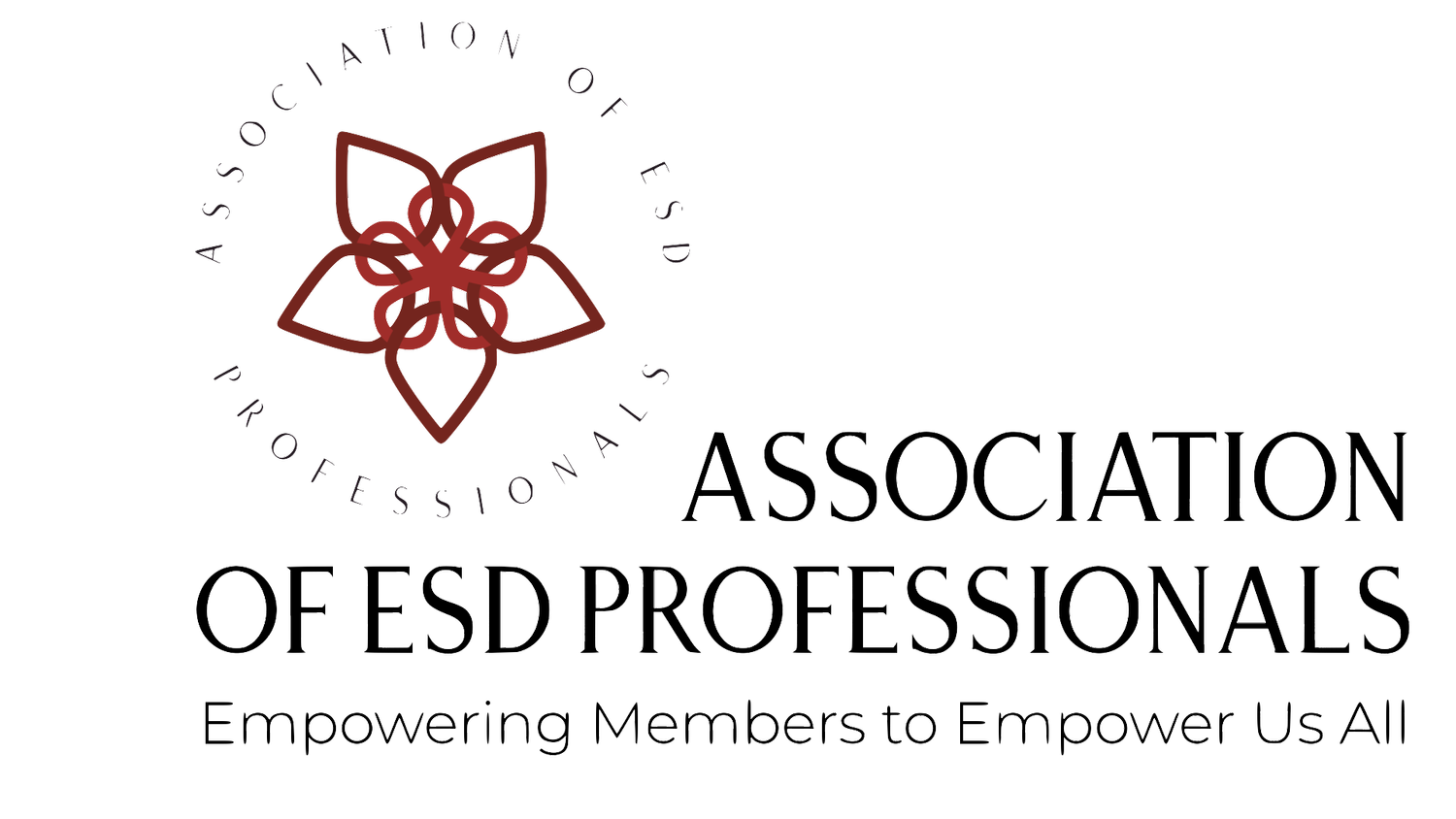Why Boundary Setting is at the Core of my ESD Work
3 Activities for Teaching About Boundaries
After our premiere of the Mujeres Fuertes (Strong Women) documentary last month in San Jose, Costa Rica, one of the attendees came up to me to offer his congratulations—and some well-intentioned mansplaining.
He wanted to know if we taught other, more “serious” techniques than the basic strikes shown in the documentary. “Because you know,” he said, “these men come out of nowhere, and they’re very aggressive. A knee to the groin maybe isn’t enough.”
This attendee’s comments made clear the need for broad and repeated public education about the spectrum of violence, the life-saving potential of assertive communication, and why empowerment is so critical to effective self-defense. While I was more interested in greeting guests than rehashing the concepts presented in the documentary we had just watched, I explained that one of the reasons I produced the documentary was to clear up some of the myths and fallacies regarding violence prevention and personal safety that informed his question.
The following concepts are familiar to anyone practicing ESD, but are still foreign to the general public:
In 90% of cases of gender-based violence worldwide, the attacker is someone known to the victim.
More than half of gender-based violence is perpetrated by an intimate partner or former partner.
Many, many times, the use of the voice (whether yelling “no” or firmly stating a boundary) is enough to prevent or interrupt a violent situation.
Not all aggressors are men.
Aggressors are not superhuman; their eyes, noses, genitals, etc are just as vulnerable as anyone else’s. They also do not, generally speaking, have any special training or abilities. We are talking about defense against regular people.
Finally, most attackers actually do not come out of nowhere. Which leads me to….
The Interview
I first encountered this term in an excellent short video by ESD professional Nicole Snell in her Outdoor Defense YouTube series. This slow process of testing or eroding boundaries is a common and well-documented pattern in violence perpetrated by both strangers and people known to the victim. We could compare it to processes like grooming or the cycle of domestic violence.
Understanding the Interview, along with the realities of violence listed above, can help us appreciate the power of boundary-setting tools for self-defense, as well as consider that the fear of scary, violent men who “just come out of nowhere” does not adequately prepare us to understand the spectrum of violence or how to defend ourselves from it.
That is why assertive communication—tools for knowing, setting, and defending our personal boundaries—is at the heart of my ESD classes. While the physical skills we teach are deeply important, empowering people to live with less fear and more confidence in their strength, it is the verbal skills that become a “life practice” (term borrowed from ESD professional Jay O’Shea) and potentially transform our relationship to the world.
I think it is critical that we as ESD professionals—and the people we reach with our work—understand these key ideas about violence prevention and the indispensable role of communication in self-defense.
I choose to center boundary setting and assertive communication in my ESD classes; I believe it is one of our first lines of self-defense—but perhaps even more important, I believe it makes our lives and relationships healthier and happier.
Below I will share a few of my all-time favorite activities for addressing boundaries in the ESD classroom. The full list, of course, is as vast and varied as our diverse ESD community, so please share with me and other readers your favorite boundary-setting activities in the comments!
3 Activities for Teaching Boundaries in ESD Classes
Stop Lines (or Boundary Lines)
This popular ESD activity is, for me, a must-have exercise to embody boundary setting (bring the concept into the body) and train an active response over a freeze response.
Participants line up in two lines facing each other, paired off with someone in the opposite line. As I like to run it, one side walks, then walks quickly, then runs, and then sometimes runs and yells (increasing adrenaline) towards their partners, and those setting the boundary step back into their self-defense stance, raising their hands and saying “No!” “Stop!” or a similar preferred command when their partner is close enough.
Variations: Sometimes I like to break up the boundary setting into its components (body language, facial expression, verbal command) before tying it all together to demonstrate the idea of integration. What I say, what I do with my body, and what I say with my face is all sending the same message: Stop. In all variations, Stop Lines provide a game-based approach to working with boundaries in a slightly-adrenalized state, taking action with body and voice to defend one’s space.
The Simple No
“No” is a complete sentence requiring neither apology nor explanation. The “simple no” activity encourages participants to practice a “no” without: excuse, apology, negotiation, smiling, or nervous laughter.
Working in pairs, or in a round for small groups, one person “invites” the other to do something (ie. going for a drink), or asks them for a favor (ie. borrowing money), and the other maintains their boundary with short, direct statements (“No,” “I already said no,” “Because I don’t want to”) until their partner accepts the “no.” I often remind my participants that of course we can apologize or explain if we want to, but the embellishment is a choice, not an obligation.
Tips: I have become more comfortable over time pausing the activity when someone is struggling with their “no,” asking either the boundary setter or the asker what isn’t working and what needs to happen for the boundary to feel serious. I also like to lead into this activity with, or lead from it into, a conversation about why it is so dang difficult to say “no.” Nine times out of ten, the participants have all the answers, and we can build a social analysis together.
Yelling
With repetition, it is easy to forget how powerful some of the simplest activities can be, such as yelling “No!” However, no ESD class of mine would be complete without it.
There are dozens of ways to get people comfortable using their voice. I usually like to start with a warm up using breath and voice. Simplified, this looks like inhaling to raise the arms up, and exhaling with a loud “Ha!” swinging the upper body down and arms back to push out the air from the belly.
Then, my recent favorite yelling activity is to pair up participants and invite them to have an “argument” using only the word “ha.” I demonstrate slowly escalating the situation, raising the voice a bit more each round until both people are shouting full volume, then lowering back down little by little. The absurdity of the “ha!” argument (it can also be “Wa!” or a color, or any random word) helps lower the tension yelling can build, and usually gets people laughing even as they become more comfortable with yelling.
Next, we use the same dynamic, but switch to “No!” I challenge participants to get as loud with their “No!” as they just did with their “Ha!” And if they find it difficult, that’s a great jumping off point for a conversation about why we may struggle to get loud, even when we are in danger.
Tips: I like to remind my participants repeatedly to yell from the belly, rather than the throat, in order to protect the vocal chords and bring more power and resonance to the voice. Often, I will invite them to keep their hands on their belly as a tactile reminder to yell from the center. I encourage participants to keep practicing at home, too, especially if they are not already comfortable getting loud.
Finally, with all of these exercises, I remind participants that there are many layers. While yelling or saying “no” may sound simple, it goes against a lifetime (or generations) of social conditioning, and that’s tough!
Closing Thoughts
To close, I’ll paraphrase one of my ESD teachers (I wish I could remember who it was!) on the subject of teaching things we are still, continually, in the process of learning:
We don’t teach boundary setting because we have it all figured out; we teach it because it is important. We know just how hard it is, because we are working on it too!
So let this be a reminder that you don’t need to perfect your boundary skills (you never will) before you start teaching them. You have vital information that can benefit so many… so share it!
Author: Toby Israel
Editor: Samantha Waterman
Photo: Courtesy of Author / Photographer: Daniela Lujan
Want to learn more about the Association of ESD Professionals and join our growing, global community? Email us at hello@ESDProfessionals.org.


